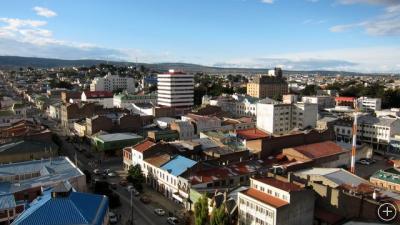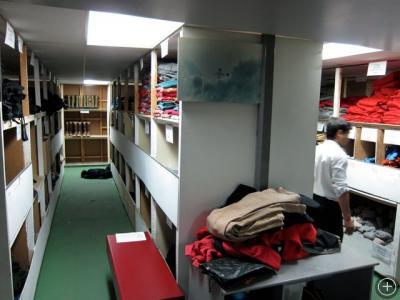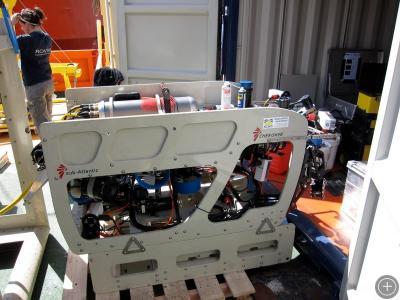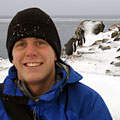Pack Your Many Bags, We’re Off!
PUNTA ARENAS, CHILE– After leaving the day after Christmas from San Diego, CA, we’ve finally made it to Punta Arenas, Chile, where our ship the RVIB (Research Vessel Ice Breaker) Nathaniel B. Palmer is waiting for us. During our port call we’ll be loading all our equipment onto the ship and getting ourselves ready for the crossing of the Drake Passage and work down in the Antarctic.
Packing for a research expedition to Antarctica is a bit different from your average trip. Antarctica is far away from mostly everything, and can be very cold and rough at times. No detail is small enough, including what clothes to wear. Upon arriving in Chile, we were issued Extreme Cold Weather gear to make sure we were equipped to work in any and all conditions we could face. When spending 59 days at sea, the little comforts of life (including being dry and warm) can make a huge difference.
While choosing what clothes to wear can seem tricky enough, figuring out what scientific equipment to bring and how to get it to the southernmost tip of South America before loading it on the ship, presents even greater of a challenge. This project brings together scientists studying a wide array of subjects, from oceanography, geology, to glaciology and biology, to try to understand how the ecosystem of the Larsen B ice shelf has changed since its break up in March 2002. And to accomplish these lofty goals, participants have brought a whole slew of instruments to measure everything from sediments, to ice thickness, and algae concentrations. The oceanographic ‘toys’ we’ll be working with include a CTD rosette (named after variables it measures, Conductivity, Temperature, and Depth) to sample water from the surface to thousands of meters deep, a Remotely Operated Vehicle (ROV) to get live video feed of the ocean floor, coring equipment to bring samples from the ocean floor back to the surface and to collect ice cores to look at ice algae, and even helicopters to allow scientists onboard to sample ice and rocks from the continent itself. It takes time to assemble this kind of gear, and we are now stuck waiting for everything to be loaded and organize. It’s amazing how little space there is on a ship the size of a football field!
We’ll be bringing you updates from Antarctica as often as we can, and will be talking about both the science and life onboard our research vessel. Please post any questions you have on the website, or send them directly to me at mattias.cape.guest@nbp.usap.gov and I’ll try to answer by my next post. I know working in the Antarctic can seem strange and out of reach, but you’d be surprised the many different paths people onboard this ship have taken to get to where they are. You don’t have to be a scientist to experience the Southern Ocean and the Antarctic! None of our work would be possible without the help of the ship’s captain, crew, engineers, and science support staff.

 No comments
No comments 










